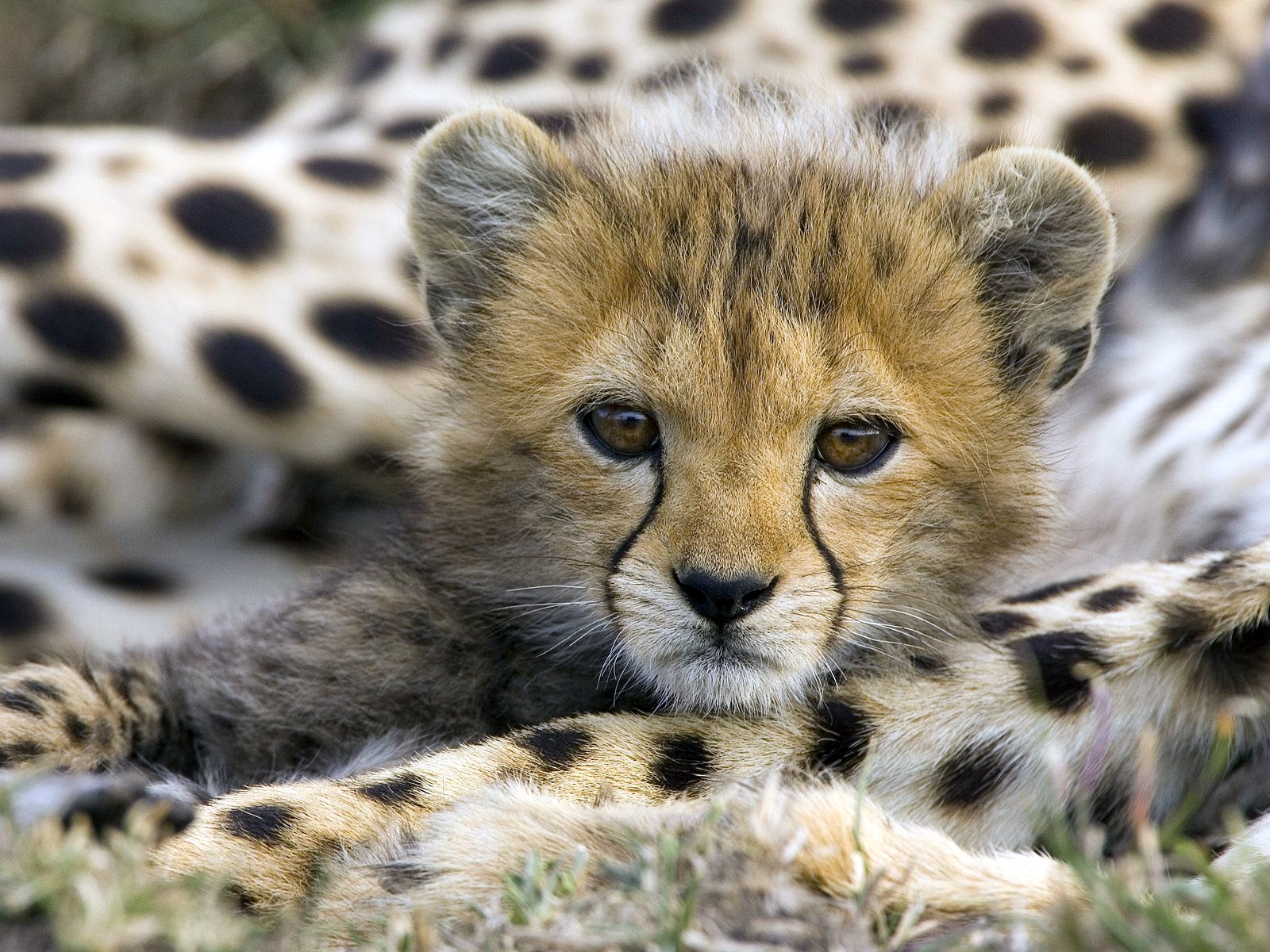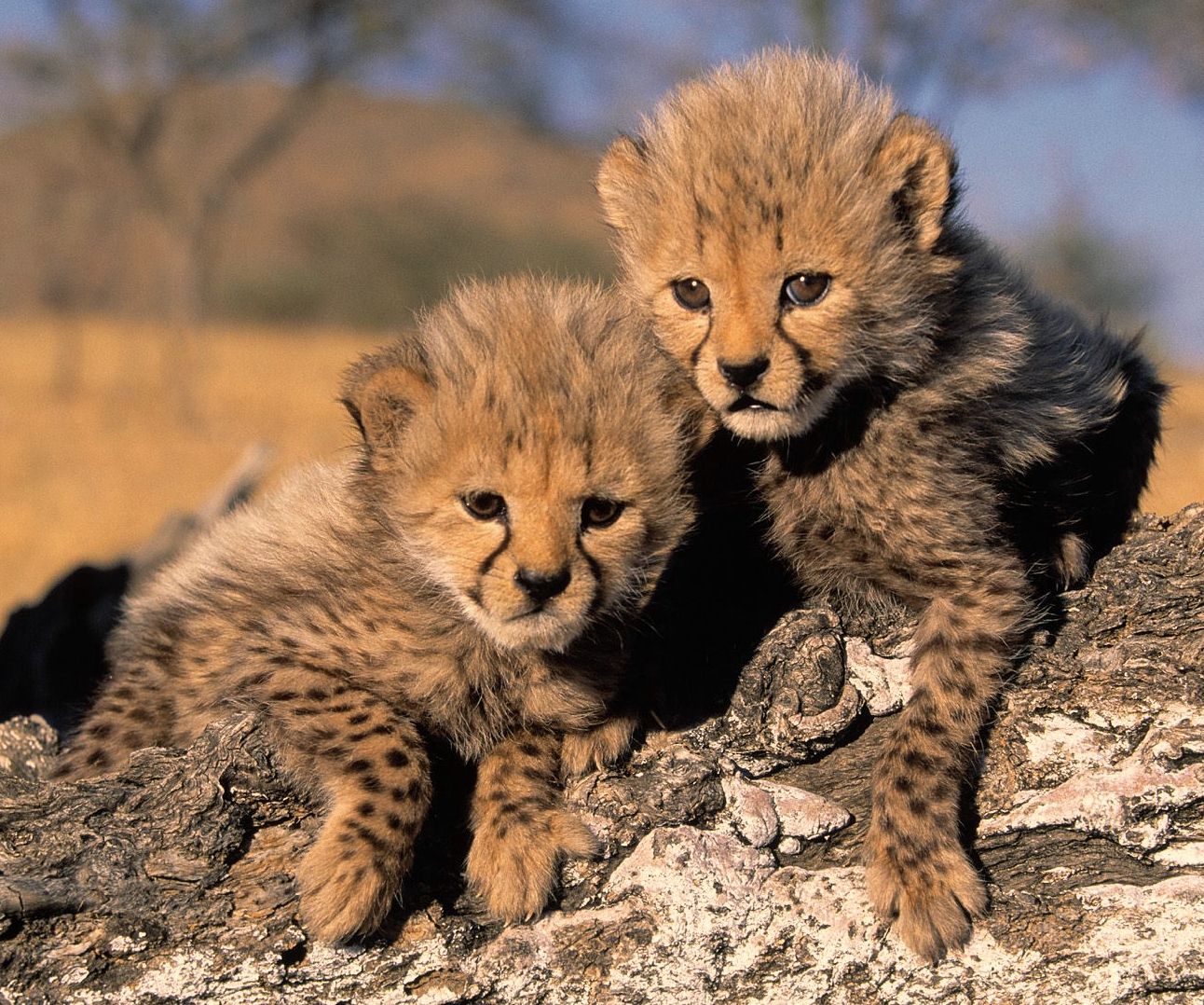Baby cheetah, known for their incredible speed and striking appearance, are one of nature's most captivating creatures. These adorable young felines not only capture our hearts with their playful antics but also play a crucial role in the ecosystem of the African savannah. In this article, we will explore the life of baby cheetahs, their habits, and the conservation efforts in place to protect them.
The cheetah is renowned for being the fastest land animal, capable of reaching speeds up to 75 miles per hour in short bursts covering distances up to 1,500 feet. However, their journey from baby to adulthood involves numerous challenges that encompass survival instincts, social behaviors, and threats from predators. Understanding the life cycle of baby cheetahs provides insight into the complexities of their existence and the importance of wildlife conservation.
As we delve into the world of baby cheetahs, we will also discuss their habitats, diet, and the dangers they face in the wild. By the end of this article, you will have a deeper appreciation for these magnificent creatures and what is being done to ensure their survival.
Table of Contents
- Biography of the Cheetah
- Characteristics of Baby Cheetahs
- Habitat of Cheetahs
- Diet and Hunting Techniques
- Social Behavior and Family Units
- Threats and Predators
- Conservation Efforts
- Conclusion
Biography of the Cheetah
The cheetah (Acinonyx jubatus) is a large cat native to Africa and parts of Iran. It is the only extant member of the genus Acinonyx. Cheetahs are known for their unique adaptations that allow them to run at high speeds, including a lightweight frame and long, slender legs. Their distinctive black tear markings beneath the eyes help reduce glare from the sun, enhancing their vision during hunts.
| Attribute | Details |
|---|---|
| Scientific Name | Acinonyx jubatus |
| Habitat | Grasslands, savannas, and arid regions |
| Diet | Primarily small to medium-sized ungulates |
| Top Speed | 75 miles per hour |
| Gestation Period | 90-95 days |
| Average Lifespan | 10-12 years in the wild |
Characteristics of Baby Cheetahs
Baby cheetahs, also known as cubs, are born with a unique coat that differs from adults. Their fur is covered with a mantle of long, soft hair, which provides camouflage in the tall grasses of their natural habitat. As they grow, this mantle fades, and they develop the characteristic spots of an adult cheetah.
Physical Features
- Size: At birth, baby cheetahs weigh around 3.5 ounces.
- Coloration: Their initial fur is a greyish color, transitioning to a tan with black spots.
- Eyes: Cheetah cubs are born with their eyes closed, opening them after about two weeks.
Behavioral Traits
Baby cheetahs are playful and curious, engaging in activities such as chasing and wrestling with their siblings. This play is essential for developing the skills they will need as adults, including hunting techniques and social interactions.
Habitat of Cheetahs
Cheetahs primarily inhabit grasslands and savannas, where they can utilize their speed to chase prey. These environments provide ample opportunities for hunting and shelter. However, habitat loss due to human encroachment poses a significant threat to their survival.
Diet and Hunting Techniques
As carnivores, baby cheetahs rely on their mothers for food until they are old enough to hunt independently. Their diet primarily consists of small to medium-sized ungulates such as gazelles and impalas. Cheetahs use a unique hunting strategy that involves short, explosive sprints to catch their prey.
Social Behavior and Family Units
Cheetah mothers are solitary and raise their cubs alone. They invest a significant amount of time and energy into nurturing and teaching their young. Cheetah cubs stay with their mother for about 18 months, during which they learn vital survival skills.
Threats and Predators
Despite being apex predators, baby cheetahs face threats from larger carnivores such as lions and hyenas. Additionally, habitat loss, poaching, and human-wildlife conflict contribute to the decline of cheetah populations.
Conservation Efforts
Conservation organizations are working tirelessly to protect cheetah habitats and reduce human-wildlife conflict. Efforts include establishing protected areas and educating local communities about the importance of cheetahs in the ecosystem.
Conclusion
In conclusion, baby cheetahs are not only adorable but also play a vital role in their ecosystem. Understanding their life cycle, behaviors, and the threats they face is essential for their conservation. We encourage readers to support wildlife conservation efforts and spread awareness about the importance of protecting these magnificent creatures.
We invite you to share your thoughts in the comments below and explore more articles on wildlife conservation. Together, we can make a difference in the lives of baby cheetahs and their habitats.
Tortilleria La Reyna: A Culinary Journey Into Authentic Mexican Tortillas
Trump's $10 Million Egypt Deal: What You Need To Know
Khalil Mack Career Stats: A Comprehensive Overview


